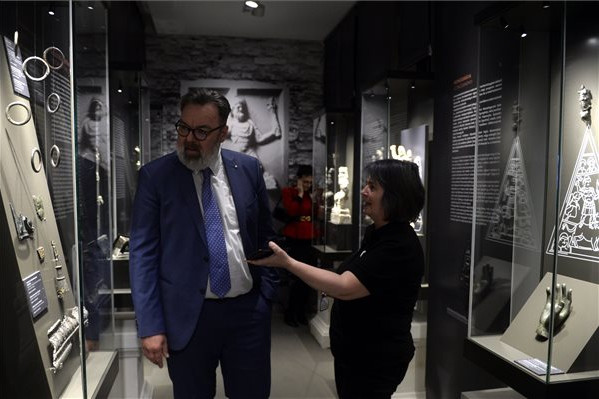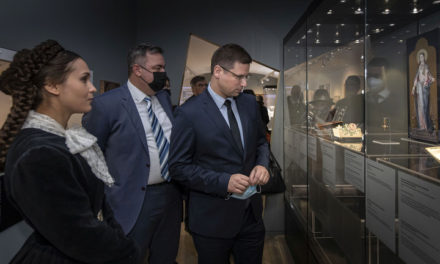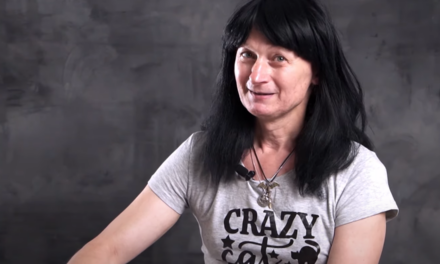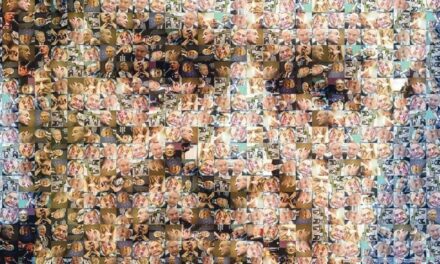The new exhibition space of the György Klapka Museum, the Brigetio Heritage Visitor Center, was opened yesterday in the center of Komárom, which was created from the main building of the former Mentelep.
László L. Simon, the director general of the Hungarian National Museum, called it exemplary that the city donated HUF 1.2 billion from its own budget for the creation of a new museum, and added that the Roman Brigetio was integrated into the identity of the people of Komárom.
He believed that few cities would have been able to move the route of all licensed artifacts for the sake of the archaeological findings of the Roman military city discovered during the construction of the dam.
Attila Molnár (Fidesz–KDNP), the mayor of Komárom, said that the aim of the new museum is to
by presenting the finds found in the area of Brigetio, Komárom's Roman past is connected with modern expectations and the almost 275 thousand finds and photos should be given a worthy place.
Judit Bertalan Czunyiné, the Fidesz parliamentary representative of the region, emphasized that the renovation carried out here serves the presentation of Hungarian history in a worthy way and fits into the series of renovations of the Majk hermitage and Csilla fortress.
Emese Számadó, the director of the museum, told MTI that the main attraction of the visitor center is the permanent archeological exhibition on the ground floor called Brigetio's legacy, which presents in an interactive form the work of the Eötvös Loránd University (ELTE) and the György Klapka Museum in Komáromi, which has been taking place since 1992. the most significant findings of Brigetio excavations and the results of scientific work.
László Borhy, rector of ELTE, emphasized that the institution, in addition to the exhibitions, houses the practical training center of the Department of Ancient Archeology of ELTE, where university students can take part in professional courses.
The information displayed in the exhibition is complemented by a QR-coded, four-language multimedia guide, as well as a virtual reality game that guides visitors to a Roman city.
In the four rooms of the permanent exhibition, you can see, for example, a decorative military helmet, as well as a roofing brick, in which the portrait and name of the famous ancient poet Publius Ovidius Naso is engraved, as the only known ancient depiction of Ovid.
You can also see the wall paintings decorating the residential buildings of the burgher city, which depict mythological figures, goddesses and feast scenes. Visitors can enter the temple of the Syrian god of war, Jupiter Dolichenus, discovered in Brigetio, and the world of ancient cemeteries can be seen in the corridor leading out of the exhibition.
The full article of Magyar Hírlap can be read here.
Photo: Attila Kovács (László L. Simon, director general of the Hungarian National Museum and Emese Számadó, director of the György Klapka Museum in Komárom)












